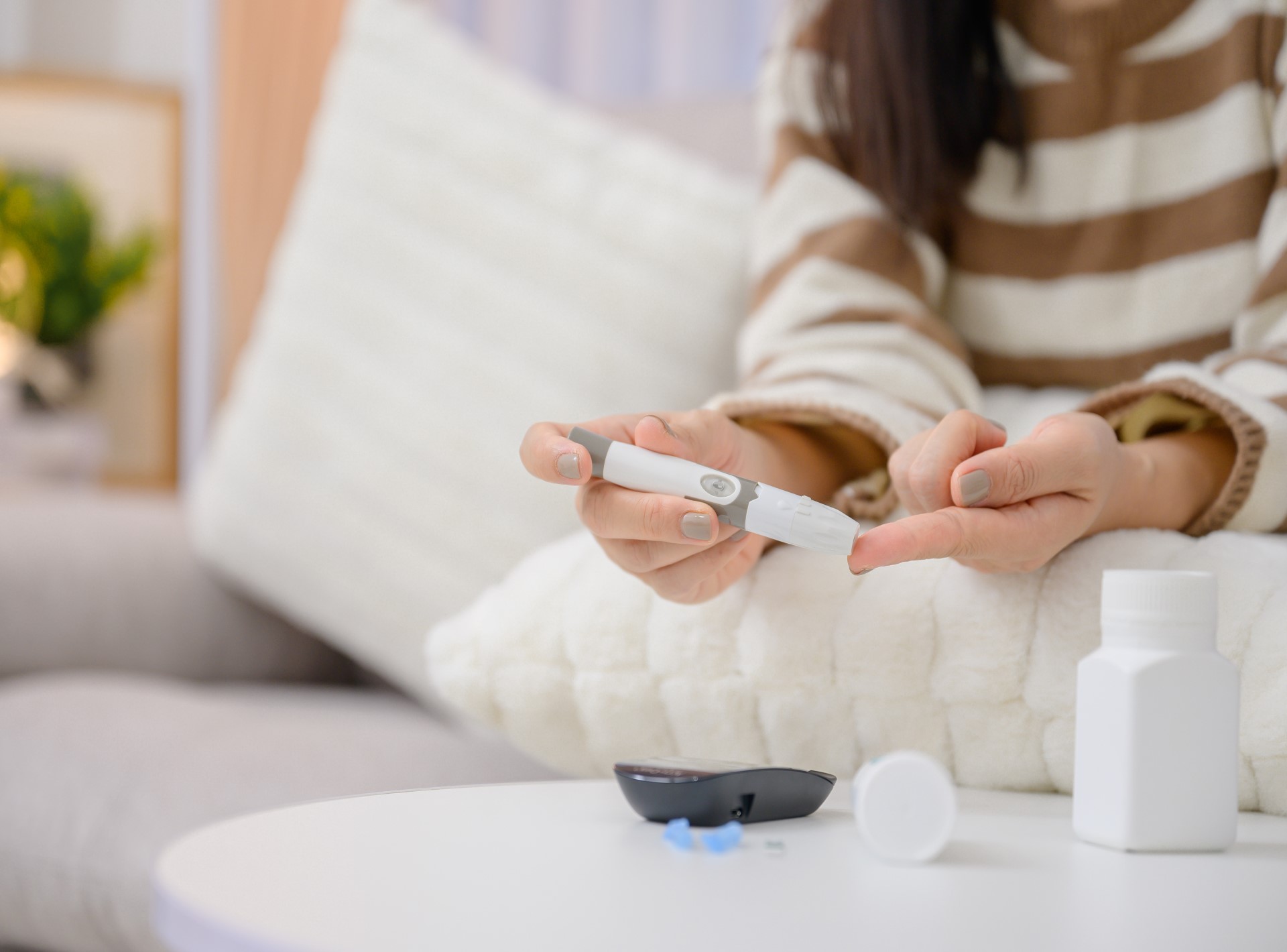
For decades, people with diabetes have relied on finger pricks to withdraw blood or adhesive microneedles to manage their glucose levels but thanks to an invention, that could all change.
Researchers have taken a crucial step towards eliminating this discomfort with the harnessing the latest information about aspects of glucose’s infrared signature to develop a miniaturised optical sensor.
At only five millimetres in diameter, it could one day be used to provide continuous non-invasive glucose monitoring.
The Australian Research Council Centre of Excellence for Transformative Meta-Optical Systems team at RMIT has identified four infrared peaks in glucose that allow selective and sensitive identification in aqueous and biological environments.
Lead author, RMIT PhD Mingjie Yang, said non-invasive glucose sensing has been a target for almost 30 years due to its implications for pain free monitoring. While new techniques have been reported, they required complex optical instrumentation usually found in laboratories, making them unsuitable for regular patient use.
“The primary challenging facing affordable, wearable optical glucose testing has been miniaturisation and filtering out the glucose signals from water absorption peaks in the near infrared spectrum,” Yang said.
“Essentially, it has been almost impossible to accurately differentiate between water and glucose in the blood.
“Until now, there is no consensus on the unique spectroscopic signature of glucose, largely because the O-H bonds targeted in near-infrared spectroscopy for glucose detection are also abundant in water. This similarity makes it challenging to distinguish between glucose and water signals, especially in complex biological fluids and tissues.”
The team’s miniaturised glucose sensor was established on a 1600-1700nm waveband that is Bluetooth-enabled and operates using a coin battery, which allows for continuous glucose monitoring.
“This compact sensor has demonstrated its viability detecting glucose levels in the human body range from 50 to 400mg/dL in blood plasma, with a comparable limit of detection and sensitivity to larger, laboratory-based sensors,” Yang said.
“The millimetre-scale and lightweight design of this device making it considerably more compact than traditional benchtop spectrophotometers. Furthermore, the flexible patch-like design offers the future possibility of direct reading as a wearable device on human skin.”
The device prototype utilises a surface-mounted device light emitting diode and circuits made of thin-film copper coated polyimide only 110 microns thick developed with a laser patterning technology.
Simulation results have suggested promising locations for exploration of optical glucose sensing in clinical setups, and the team wants to work with academic and industry partners to continue this work and conduct pre-clinical and clinical research, opening the door to the development of wearable optical glucose sensors.

